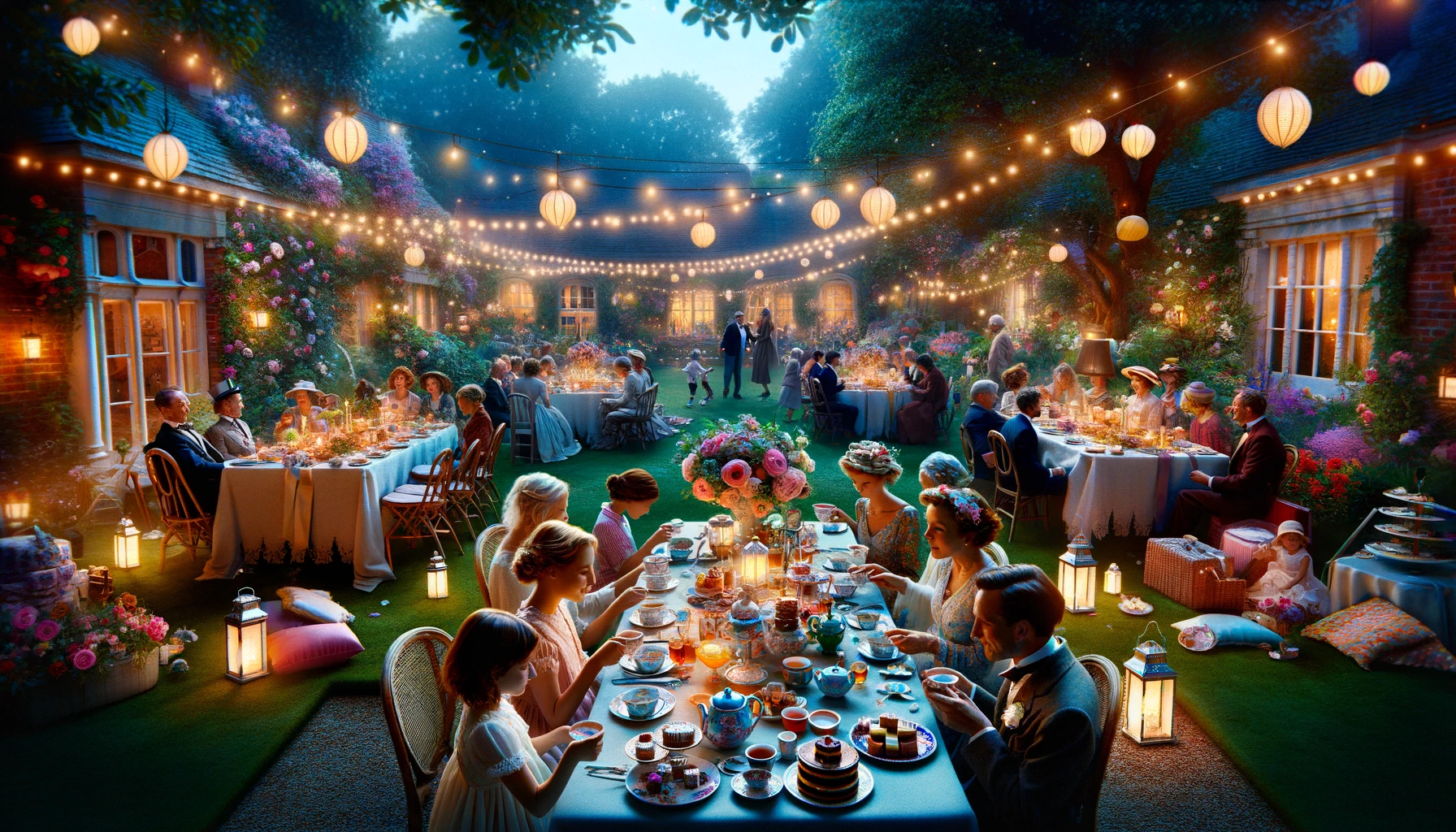Tea and Festivities: Integrating Tea into Holiday Traditions

Tea and festivities share a timeless bond, transcending cultures and geographies to bring warmth and unity to holiday traditions.

Integrating tea into holiday customs is a cherished practice that spans the globe, with each culture adding its unique twist to celebrate the spirit of togetherness and festivity.
In China, tea plays a central role in the Lunar New Year celebrations. The Chinese tea ceremony, deeply rooted in gestures of respect and gratitude, becomes a familial affair where members honor each other with meticulously prepared cups of tea. The ceremony is characterized by the use of special clay teapots and the serving of tea as a sign of reverence to elders and guests, encapsulating the ethos of familial respect and bond during the festive season .
England transformed its holiday celebrations by introducing wassail, a spiced black tea concoction, as a sobering alternative to the alcohol-heavy festivities of the 1830s. This tradition evolved into the practice of afternoon tea, a quintessentially British holiday celebration where tea, accompanied by cakes and sandwiches, brings friends and family together in a cozy and cheerful setting .
Morocco is renowned for its Moroccan mint tea, a staple at any gathering and a symbol of hospitality. This heavily sweetened green tea, infused with mint leaves, is served from a height to create froth, accompanied by nuts and sweets, signifying the generosity and warmth of Moroccan hospitality during festive occasions.
In Tibet, the harsh, cold climate gave rise to the tradition of butter tea or Po cha. This high-energy, buttery blend provides warmth and sustenance during the festive season, embodying the Tibetan spirit of resilience and communal bonding in the face of the extreme Himalayan winters.
Russia’s holiday tea tradition revolves around the samovar, from which zavarka, a strong tea concentrate, is served. Accompanied by sweets, this tradition highlights the Russian ethos of hospitality and sharing during festive times, making tea a central component of holiday gatherings.
Integrating tea into holiday traditions offers a bridge to cultural exploration and understanding. It provides a moment to pause, reflect, and enjoy the company of loved ones, making tea not just a beverage but a vessel for carrying forward the rich tapestry of global customs and celebrations. Whether it’s the ceremonial elegance of a Chinese tea ceremony or the communal warmth of Moroccan mint tea, each cup offers a sip of the world’s festive spirit.
Leave a Reply